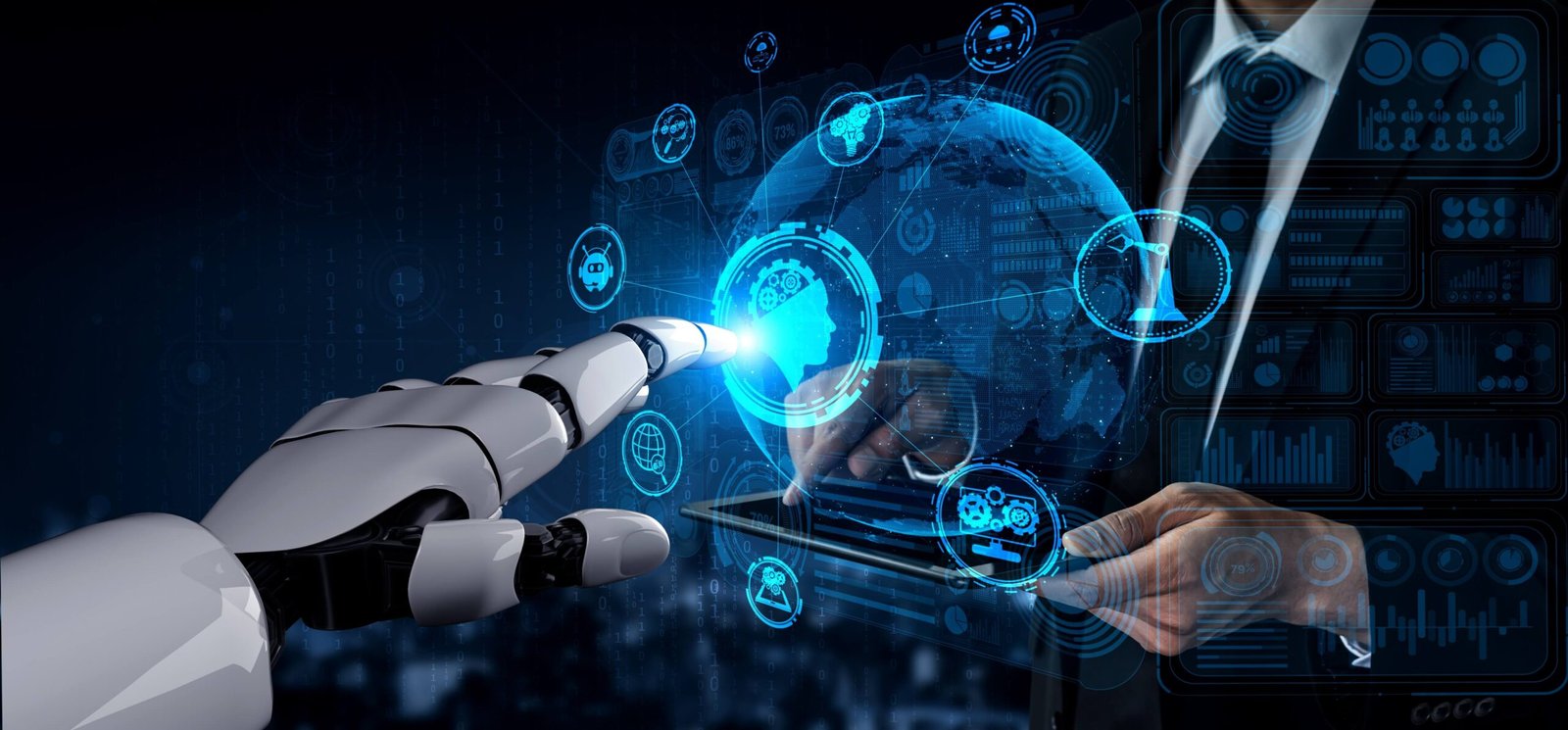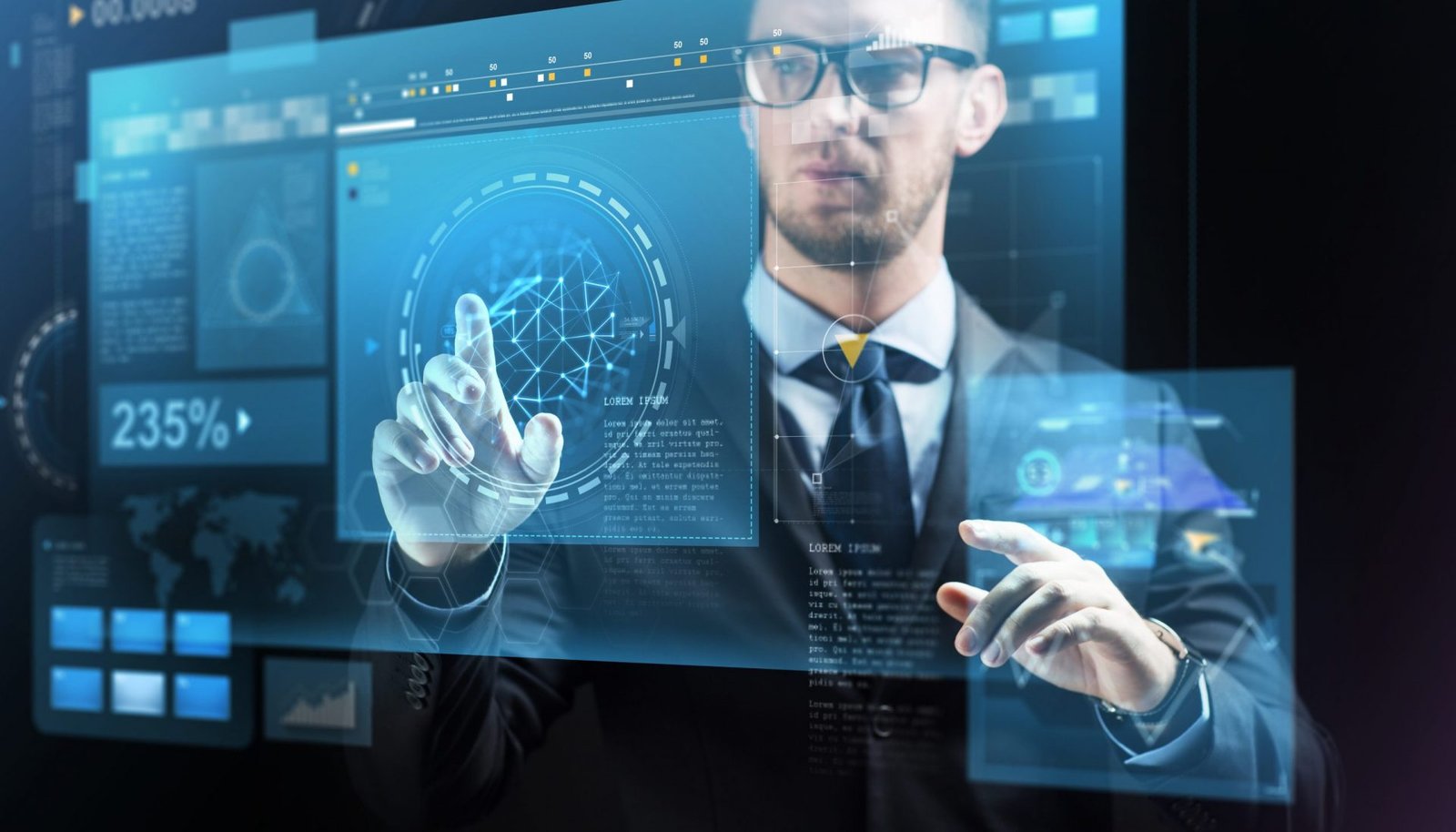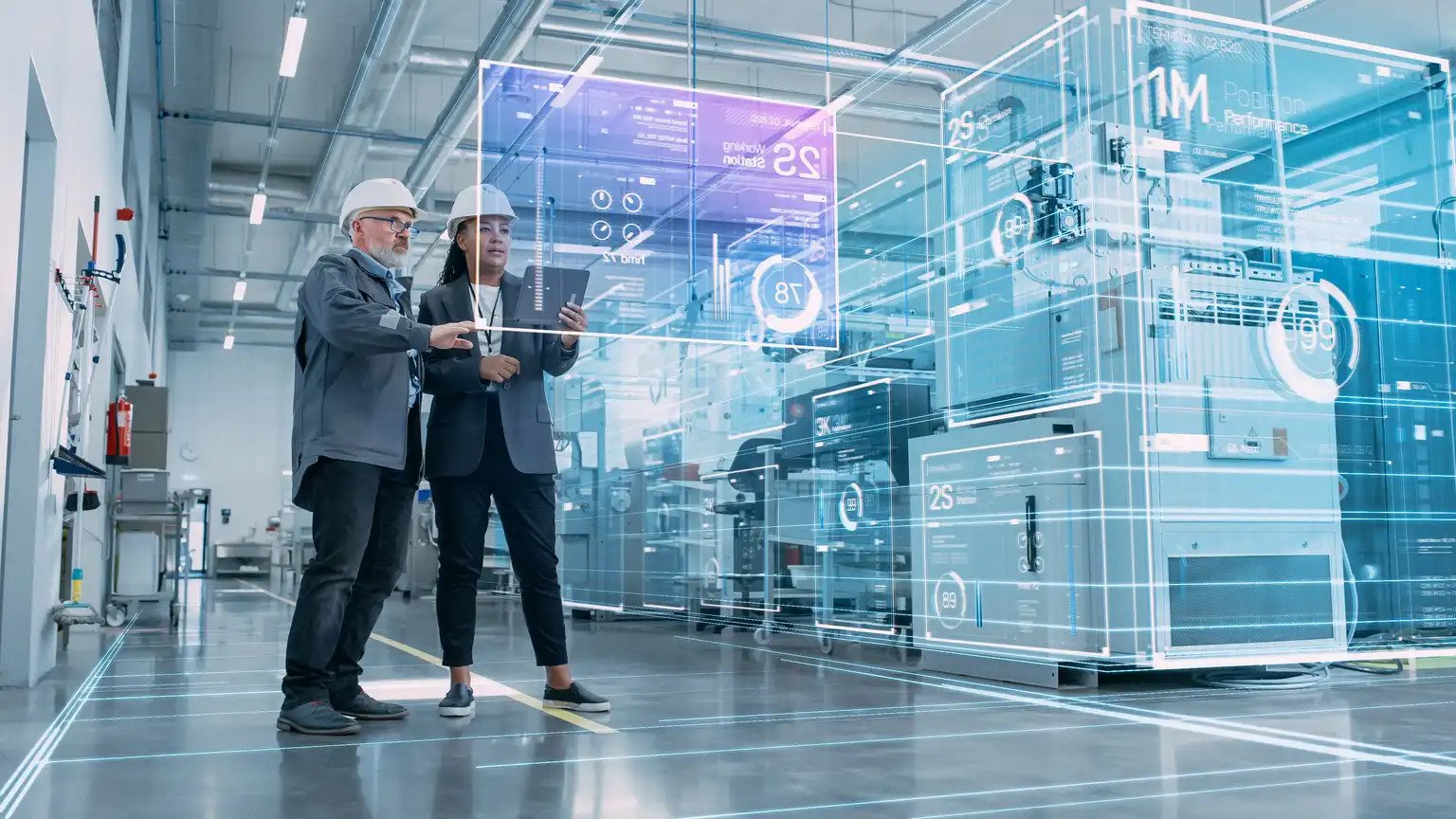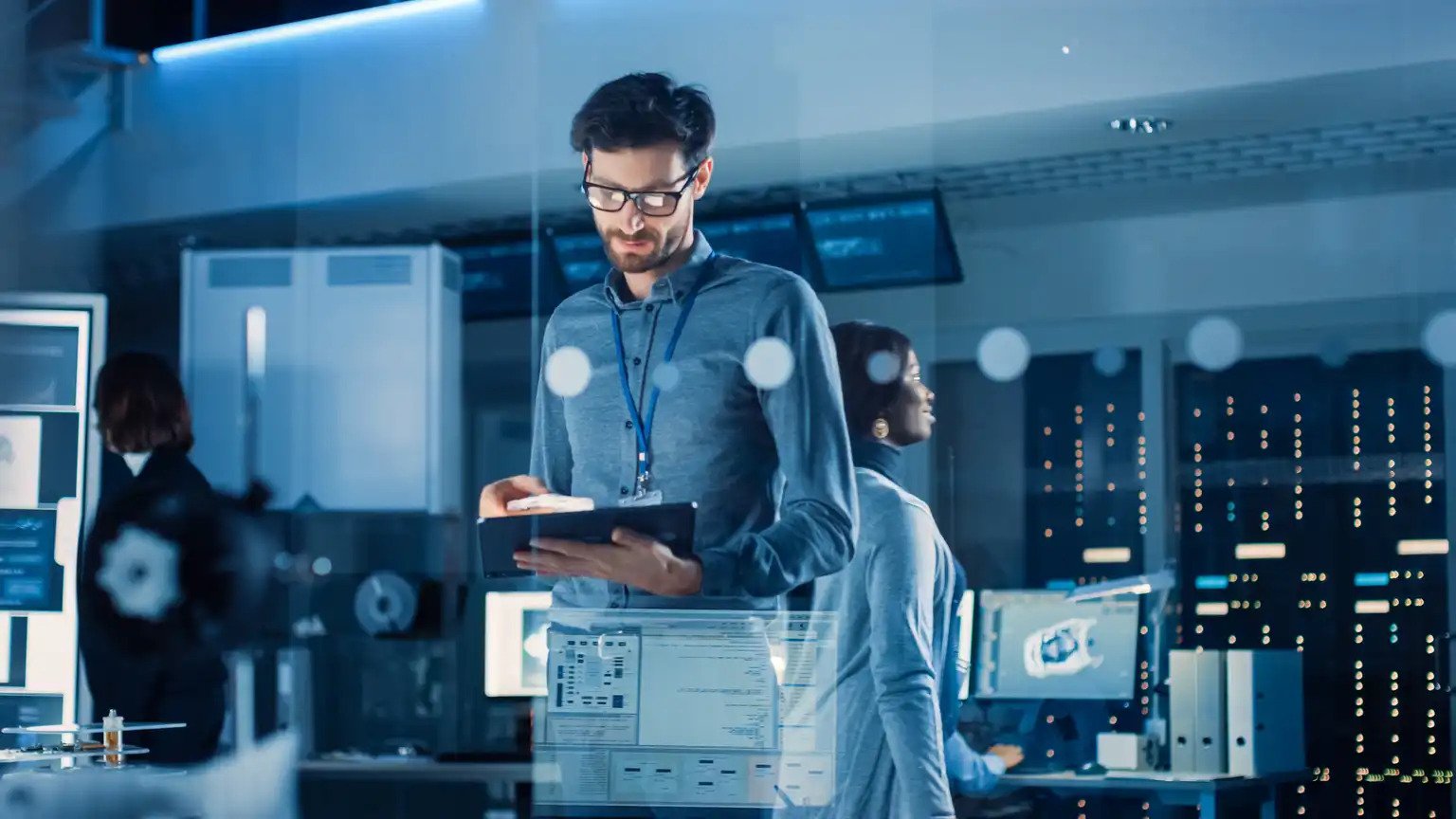In 2025, technology is more than just a tool; it’s the backbone of modern society, influencing every facet of our lives. From the way we work and learn to how we communicate and access healthcare, technology is driving unprecedented changes. However, with these advancements come challenges and risks that need careful consideration.
The Importance of Technology in 2025
Revolutionizing Healthcare
Advancements in artificial intelligence (AI) and automation are transforming healthcare. AI-powered diagnostic tools analyze medical images and patient data with unprecedented accuracy, leading to earlier and more precise diagnoses. For instance, AI algorithms can detect subtle patterns in radiology scans that might be missed by human eyes, enabling early intervention and better patient outcomes.
Robotic surgery, assisted by AI, enhances surgical precision and reduces recovery times. These systems offer 3D visualization, minimize human error, and allow for remote surgeries, making specialized care more accessible.
Transforming Education
Technology has revolutionized education by making learning more accessible and personalized. Online platforms like Coursera and Khan Academy offer courses from institutions worldwide, allowing individuals to learn at their own pace. In classrooms, AI-driven tools adapt to students’ learning styles, providing customized lessons and feedback. This personalized approach helps in addressing diverse learning needs and improving educational outcomes.
Enhancing Communication
In 2025, technology has bridged geographical gaps, enabling real-time communication across the globe. Video conferencing tools, instant messaging apps, and social media platforms facilitate personal and professional interactions, making collaboration more efficient. These technologies have been particularly crucial during global events like the COVID-19 pandemic, allowing businesses and educational institutions to continue operations remotely.
Advancing Transportation
The transportation sector has seen significant innovations, including autonomous vehicles and electric cars. Self-driving cars, powered by AI, promise to reduce traffic accidents and improve traffic flow. Electric vehicles (EVs) contribute to environmental sustainability by reducing greenhouse gas emissions. Additionally, advancements in public transportation systems, such as smart traffic lights and route optimization, enhance urban mobility and reduce congestion.
Driving Economic Growth
Technology plays a pivotal role in economic development by fostering innovation and creating new industries. The rise of the digital economy has led to the emergence of sectors like e-commerce, fintech, and digital marketing. Businesses leverage cloud computing, big data analytics, and AI to streamline operations, enhance customer experiences, and drive profitability. For example, companies like Netflix utilize cloud infrastructure to scale their services globally, ensuring seamless streaming experiences for millions of users.
Benefits of Technology in 2025
Automation and AI streamline processes, reducing time and human error.Technology provides access to services and information, bridging gaps in education, healthcare, and employment.Global communication tools foster collaboration and cultural exchange.Digital platforms create new job markets and entrepreneurial avenues.Green technologies and smart systems contribute to energy conservation and waste reduction.
Risks and Challenges
Data Privacy and Security
As more personal information is shared online, the risk of data breaches and cyberattacks increases. Protecting sensitive data has become a critical concern for individuals and organizations alike. Implementing robust cybersecurity measures and data encryption protocols is essential to safeguard privacy.
Job Displacement
Automation and AI are transforming industries, leading to concerns about job losses. While technology creates new roles, it also renders certain positions obsolete. Reskilling and upskilling the workforce are necessary to prepare individuals for emerging job opportunities in fields like AI development, data analysis, and cybersecurity.
Ethical Implications
The deployment of AI raises ethical questions regarding decision-making, bias, and accountability. Ensuring that AI systems are transparent, fair, and aligned with human values is crucial to prevent unintended consequences. Establishing ethical guidelines and regulatory frameworks can help mitigate potential risks associated with AI technologies.
Digital Divide
Access to technology is not uniform across the globe. Disparities in internet connectivity, device availability, and digital literacy create a digital divide, limiting opportunities for certain populations. Efforts to provide affordable internet access and digital education are vital to ensure equitable participation in the digital age.
Real-Life Examples
AI algorithms analyze medical images to detect diseases like cancer at early stages, leading to timely interventions and improved patient outcomes. During the COVID-19 pandemic, businesses adopted remote work technologies, enabling employees to continue their tasks from home and maintain productivity.Companies like Amazon have revolutionized retail by offering online shopping experiences, personalized recommendations, and efficient delivery systems.Cities like Singapore utilize IoT sensors and AI to manage traffic, monitor air quality, and optimize energy usage, creating sustainable urban environments.
Conclusion
Technology in 2025 is a double-edged sword—offering immense benefits while posing significant challenges. Embracing technological advancements responsibly, with a focus on ethics, equity, and sustainability, will determine whether we can harness its full potential for the betterment of society.





